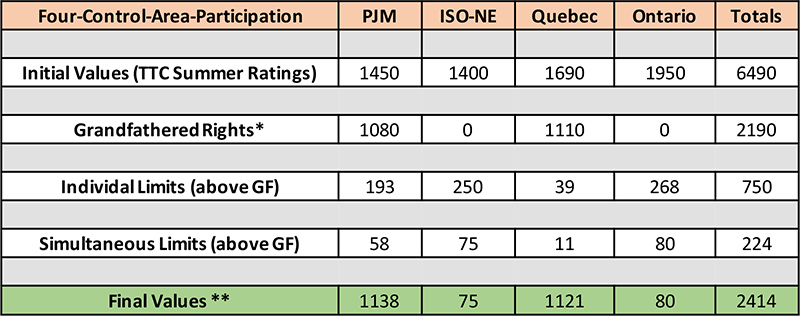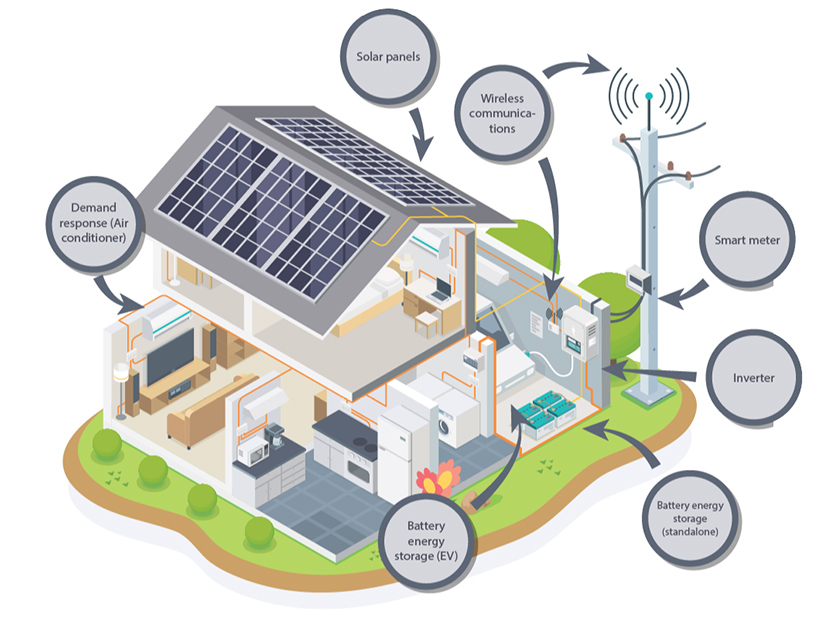The NYISO Business Issues Committee on Wednesday voted to recommend that the Management Committee approve proposed tariff revisions to its participation model for distributed energy resource aggregations after the ISO committed to revisiting its unpopular 10-kW minimum for individual resource participation.
Stakeholders continued to express concern about the proposal, particularly the 10-kW rule, but were assuaged when NYISO promised it would re-evaluate “the ability of small facilities to provide wholesale market services as part of an aggregation” and look to “propose a set of market rules for small facilities that enhance grid reliability and resilience, reduce consumer costs, and lower barriers to entry for small DER.”
The 10-kW rule is perhaps the most controversial among a slate of revisions intended to integrate DER aggregations into NYISO’s markets. Although its model was approved in 2020, staff identified more changes they deemed necessary as they worked on implementing it. The ISO has said the rule is necessary while it gets used to integrating aggregations, as staff could be overwhelmed by so many smaller resources. (See NYISO 10-kW Min for DER Aggregation Participation Riles Stakeholders.)
Aaron Breidenbaugh, director of regulatory affairs at CPower Energy Management, said he understood ISO concerns about being potentially overburdened by thousands of small-scale DERs, but he still would have preferred that “some level of flexibility was built into the tariff” to allow future changes without having to go through a “multi-month process” that is required to make revisions.
 Final import rights results for 2023-24 capability year | NYISO
Final import rights results for 2023-24 capability year | NYISO
Rana Mukerji, NYISO senior vice president, responded that the ISO’s “intention is to work with [stakeholders] to find rules where we can accommodate all resources.” NYISO is “far ahead of peer ISOs and RTOs on comprehensive DER implementation,” leaving plenty of time to resolve these issues, he said.
Breidenbaugh also mentioned that the two planned stakeholder outreach sessions focused on DER may not be enough to address these issues.
Michael DeSocio, NYISO director of market design, responded that those meetings “are meant to kick us off and figure out how to organize future discussions.” Mukerji followed up with saying that the ISO has “administrative burdens that we need to overcome to integrate an aggregation with very small resources,” so it is critical that “stakeholders actively participate to help [NYISO] figure out” how to best resolve DER implementation questions.
NYISO will seek MC approval of the proposal Feb. 22. If the proposal is approved by FERC, NYISO will accept customer registrations for aggregators in mid-April, and start open enrollment of DER and aggregations in early summer, when the revisions are expected to become effective. It anticipates DERs being dispatched approximately 90 days after they have applied or whenever the ISO completes mandatory workflow reviews.
The ISO also told stakeholders they could attend two training sessions: one dedicated to DER onboarding and market participation, and one on operations that includes an overview of the participation model and operation of the Grid Operations Communication Portal.


